49+ Sample Data Collection Sheets
-
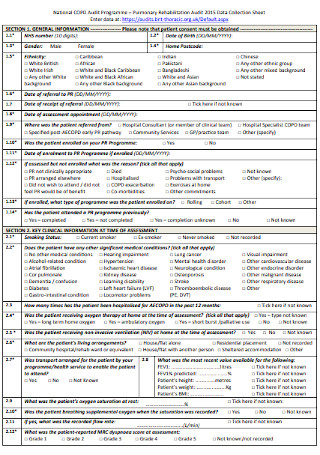
Audit Data Collection Sheet
download now -
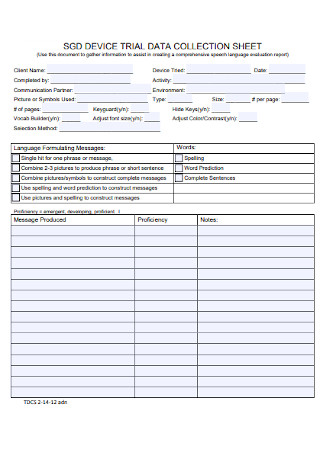
Trail Data Collection Sheet
download now -
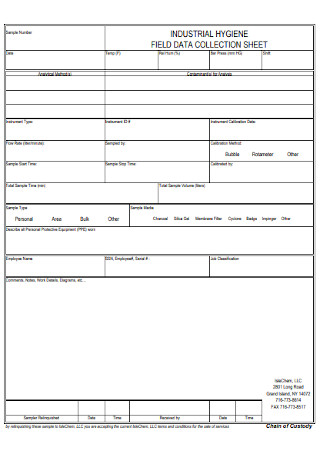
Field Data Collection Sheet
download now -
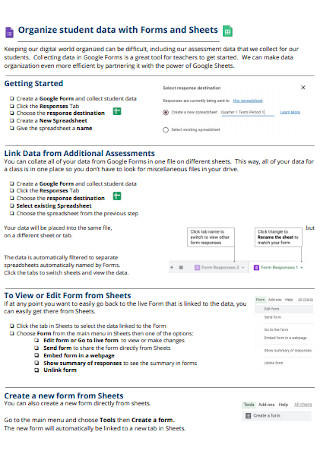
Student Data Collection Sheet
download now -
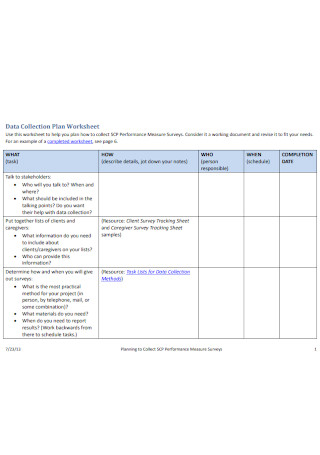
Data Collection Plan Worksheet
download now -
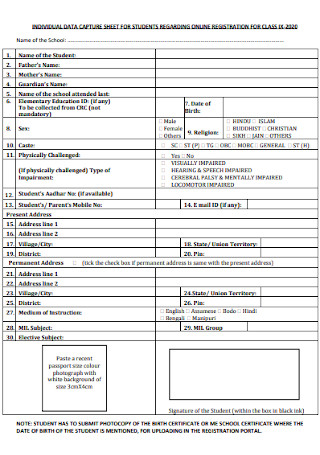
Individual Data Collection Sheet
download now -
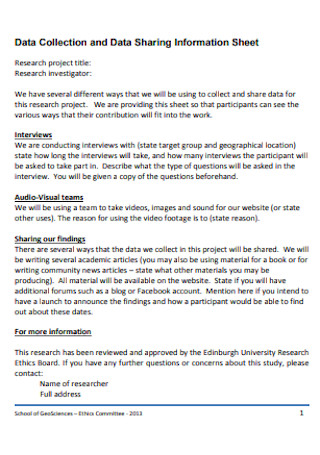
Data Collection Sharing Information Sheet
download now -
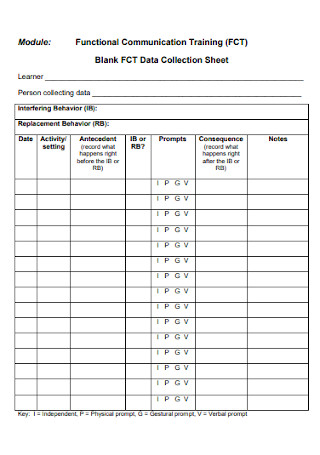
Blank Data Collection Sheet
download now -
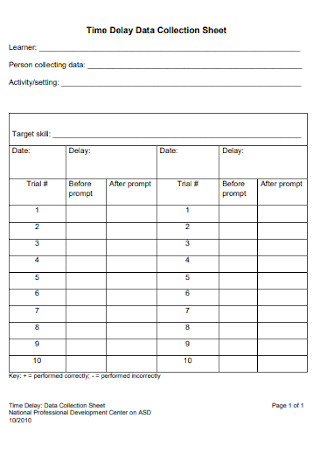
Time Delay Data Collection Sheet
download now -
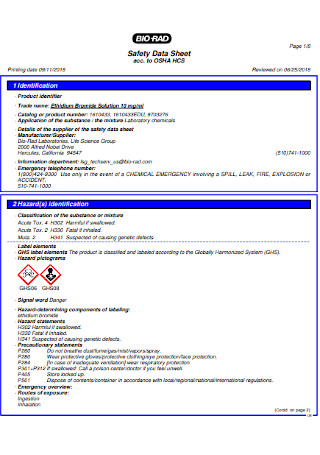
Safety Data Collection Sheet Example
download now -
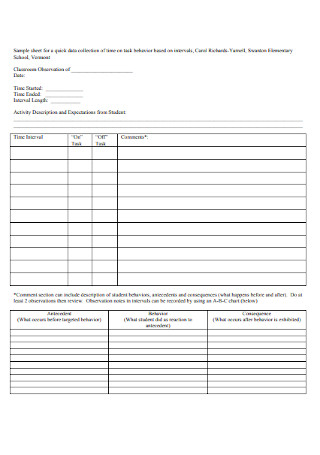
Sample Data Collection Sheet
download now -
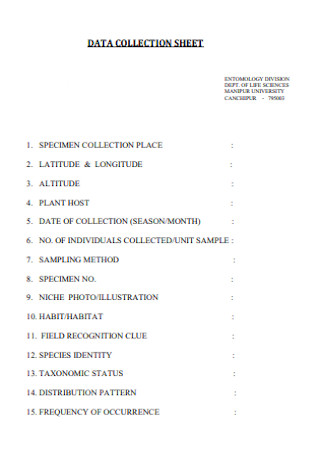
Basic Data Collection Sheet
download now -
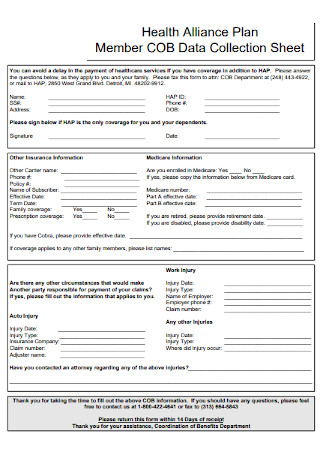
Health Plan Data Collection Sheet
download now -
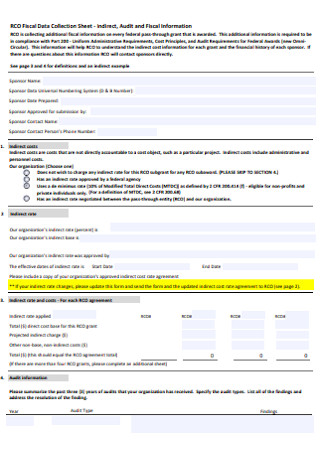
Fiscal Data Collection Sheet
download now -
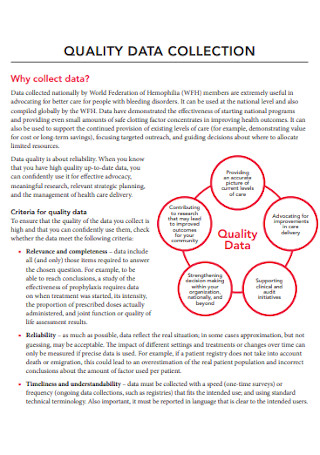
Quality Data Collection Sheet
download now -
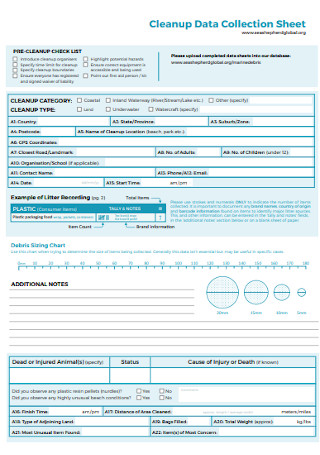
Cleanup Data Collection Sheet
download now -
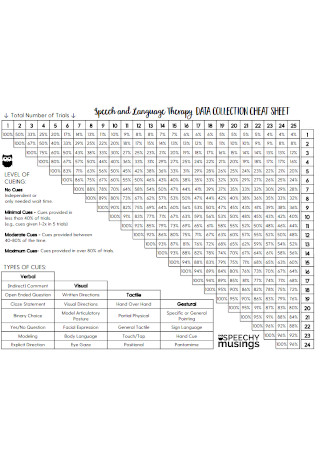
Data Collection Cheat Sheet
download now -
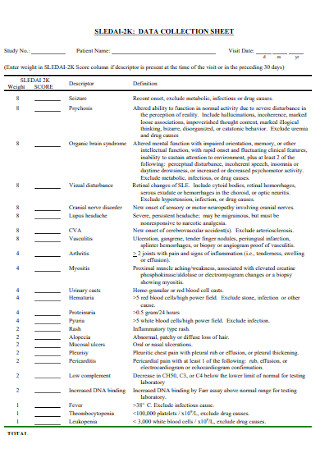
Data Collection Sheet Format
download now -
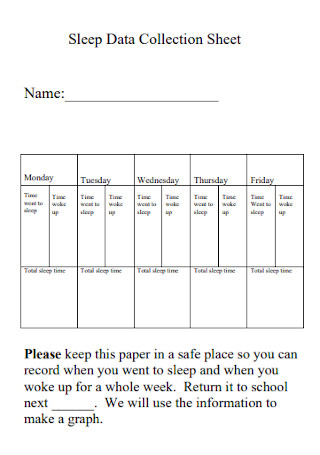
Sleep Data Collection Sheet
download now -
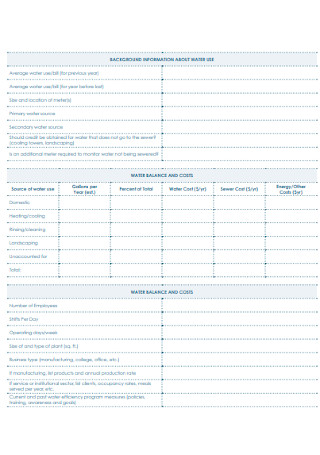
Water Audit Data Collection Sheet
download now -
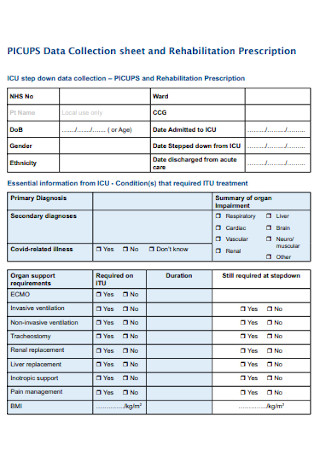
Prescription Data Collection Sheet
download now -
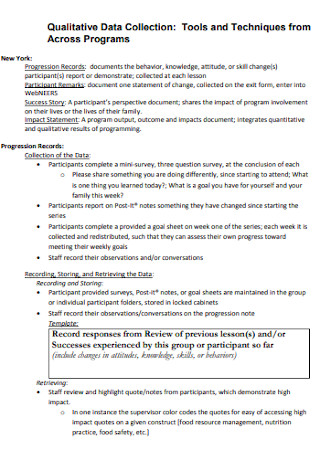
Qualitative Data Collection Sheet
download now -
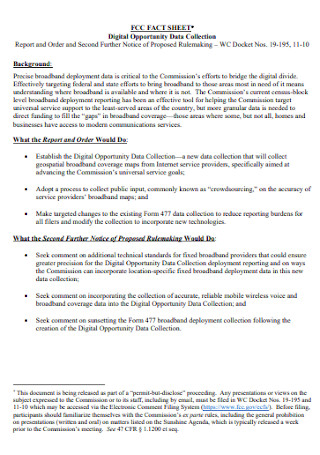
Data Collection Fact Sheet
download now -
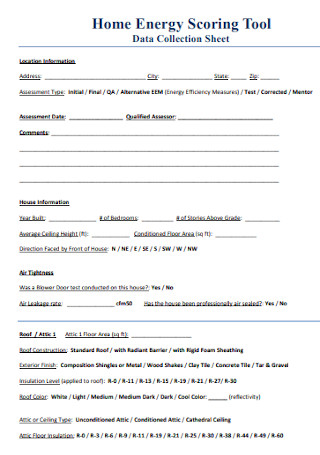
Home Data Collection Sheet
download now -
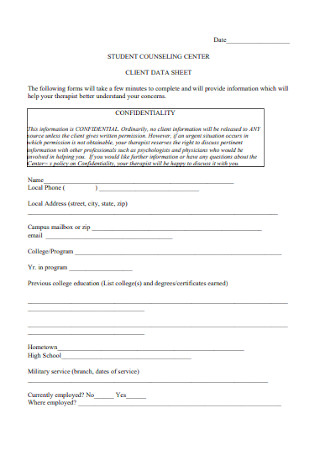
Client Data Collection Sheet
download now -
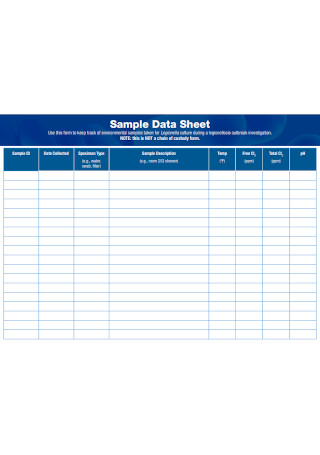
Sample Data Collection Sheet Example
download now -
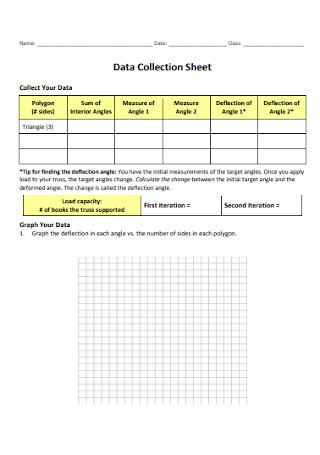
Formal Data Collection Sheet Template
download now -
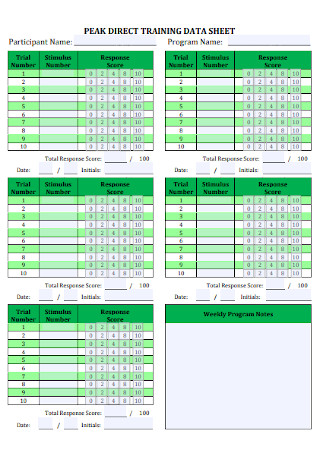
Training Data Collection Sheet
download now -
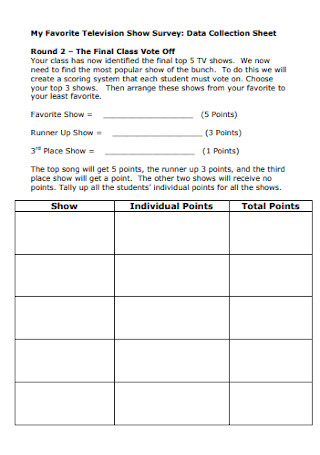
Data Collection Survey Sheet
download now -

Data Collection Reference Sheet
download now -
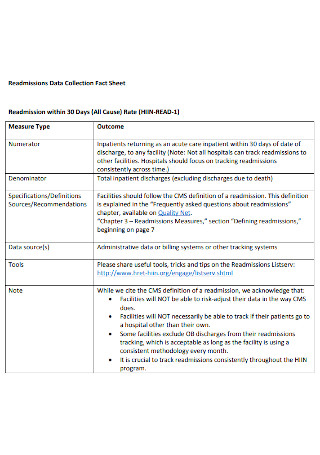
Readmissions Data Collection Fact Sheet
download now -
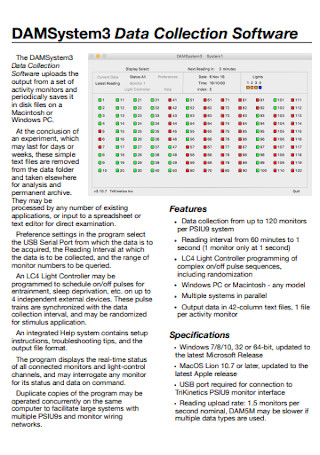
Software Data Collection Sheet
download now -
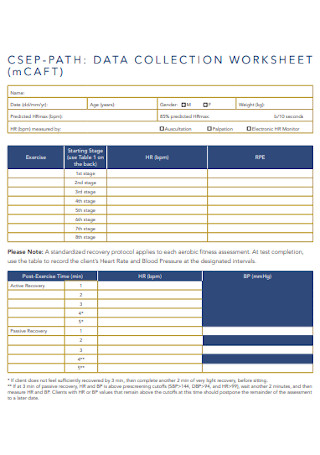
Data Collection Worksheet Template
download now -
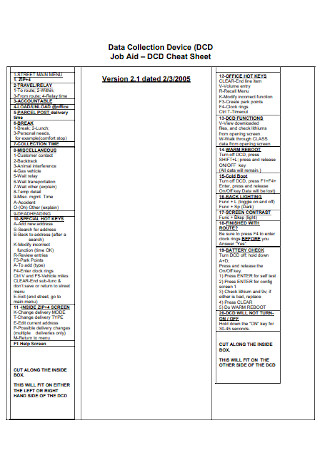
Data Collection Device Sheet
download now -
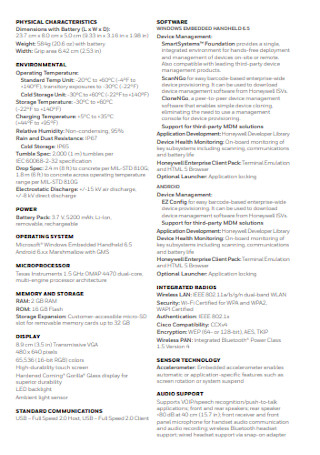
Computer Data Collection Sheet
download now -
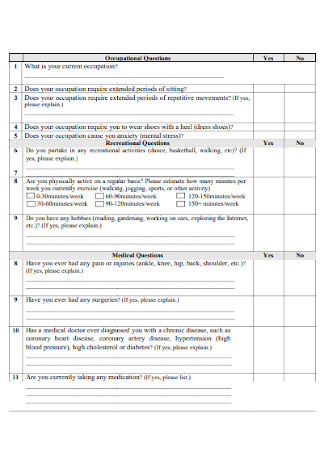
Medical Data Collection Sheet
download now -
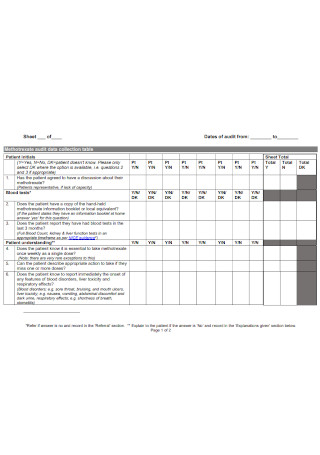
Simple Data Collection Sheet
download now -
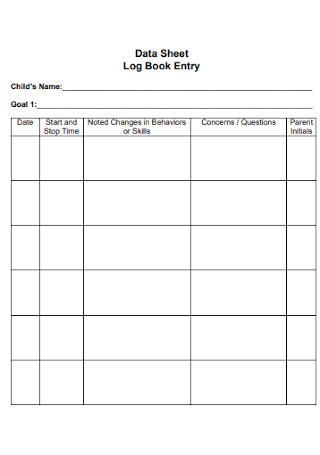
Log Book Data Collection Sheet
download now -
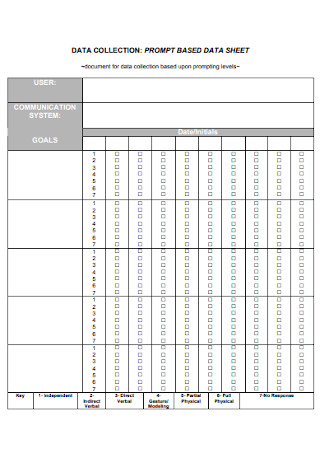
Standard Data Collection Sheet
download now -
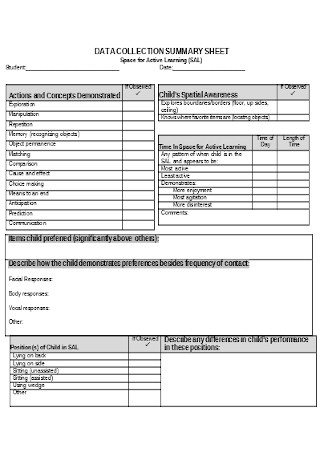
Data Collection Summary Sheet
download now -
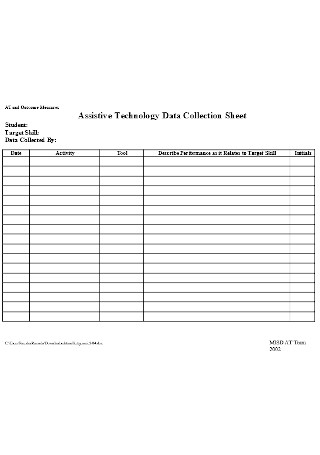
Assistive Technology Data Collection Sheet
download now -
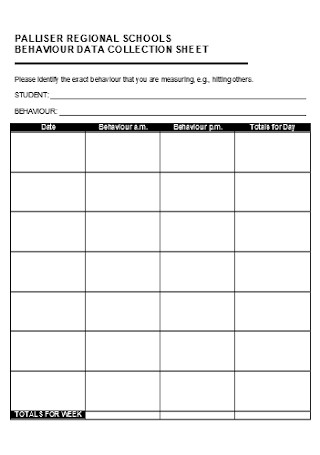
Behavior Data Collection Sheet
download now -
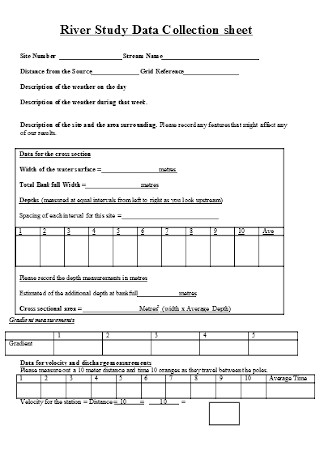
River Study Data Collection Sheet
download now -
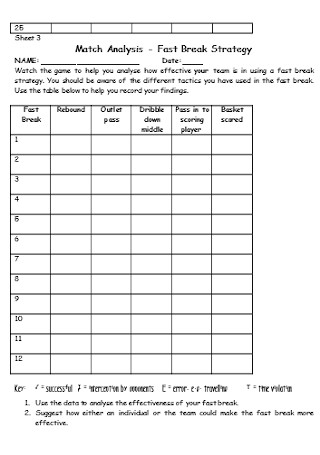
Basketball Data Collection Sheet
download now -
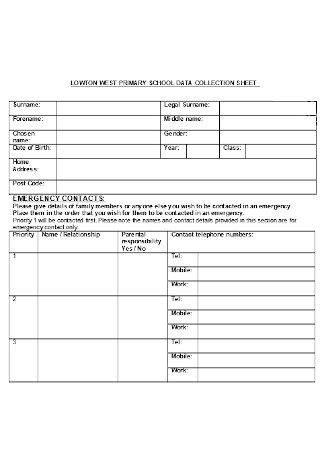
School Data Collection Sheet
download now -
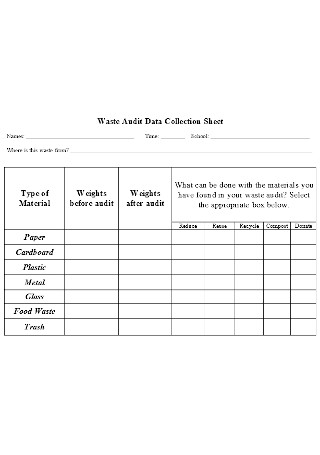
Water Audit Data Collection Sheet Example
download now -
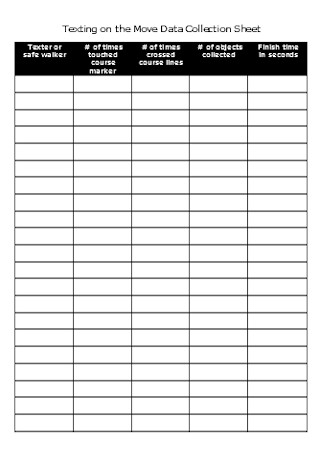
Texting Move Data Collection Sheet
download now -
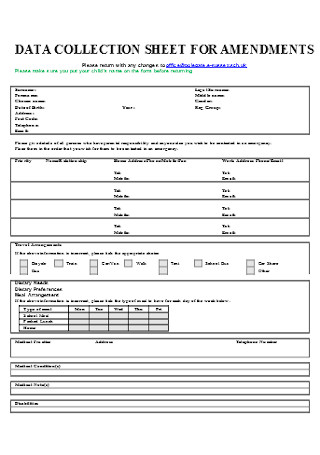
Data Collectiion Sheet for Amendments
download now -
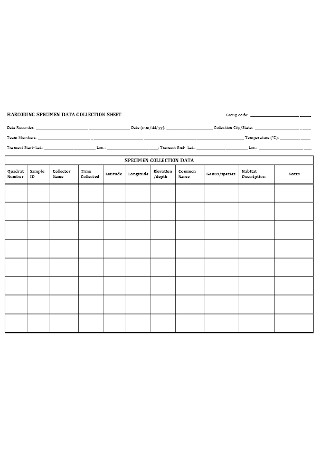
Barcoding Data Collection Sheet
download now -
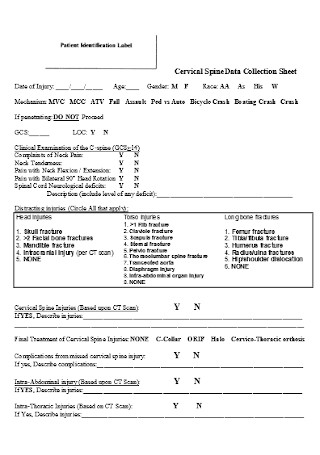
Cervical Spine Data Collection Sheet
download now
What Is a Data Collection Sheet?
A data collection sheet is a basic sheet or document used in gathering data. It is a data collection tool used in a variety of fields and disciplines including project management, research and business.
According to an article by Harvard Business School, the data life cycle can be summarized in eight steps. It begins with data generation, followed by its collection, processing, storage, management, analysis, visualization, and finally, interpretation.
Sample Data Collection Techniques
Data gathering is just one part of a complex process or system of research. However, it is one of the most fundamental and important steps. Without data collection, you cannot make informed and educated decisions. There can be many ways to gather data but the following examples are just some of the most common and universal methods.
Types of Data
Data can be classified in different ways. One common method of categorizing data is grouping it according to its type. The examples below describe two major types of data that are typically used in formal research methods.
How to Create a Data Collection Sheet
To create a data collection sheet, careful planning and preparation are required. But if you are looking for quick and easy templates to use as a reference guide, you can choose from among dozens of editable data collection sheets from the curated selection above. Pick one that suits your needs and follow the step-by-step guide below.
Step 1: Plan and Outline
As emphasized earlier, it is crucial to plan out your data collection strategy before anything else. If your goal is to conduct reliable and quality research, you should not overlook or give lesser importance to the planning phase. Planning and preparation are key ingredients for successful data gathering. Planning your approach well can help minimize mistakes in the actual collection of data. One simple and practical way of doing this is by creating an outline. Just like any plan of action, having an outline can help serve as a guide that will enable you to stay focused on the key points and objectives.
Step 2: Choose a Format
After sufficient planning and preparation, the next step is to establish a format that you can work with. As discussed in previous sections, data collection can come in different forms. The previous sections touched on some of these common methods and techniques. The format you use is directly linked to the kind of data collection method you choose. For instance, a survey form typically comes in a questionnaire type of format. Feedback forms are similar too. Your format must be an appropriate or suitable fit to your methodology. Lastly, your data gathering sheet or form can either be physical or electronic. These days, online forms are more convenient and present a paperless and more environment-friendly alternative.
Step 3: Fill In the Details
Once you have decided on a format, the next step is filling in the rest of the details. Since the purpose is data collection, be specific on what kind of data you are after. That is why it is important to be clear on what you need and want. You should be able to maximize your data collection sheet. Most people do not want to be bothered with long and complicated data collection sheets. Thus, it’s important to phrase your questions and items in a clear and direct way. If you are unsure of how to proceed, it might be helpful to put yourself in the respondent’s shoes. Picture yourself as the interviewee or as the person who is about to answer the survey questionnaire.
Step 4: Gather Data
Once you have reviewed and finalized your document, the next step would obviously be to gather the necessary data. You have to go out and actually obtain the data using a variety of methods and techniques. How you choose your sample or pool of respondents is also critical. Depending on the objectives of your data collection, there is usually a standard process of choosing respondents. Random sampling is common practice as well. This is done to eliminate unnecessary biases and prejudice that may compromise the study. At the end of the day, what matters is ensuring that the respondents are eligible and they fit your criteria.
FAQs
What is a data collection sheet?
A data collection sheet is a formal document that is used to obtain data or information to serve a particular purpose or objective.
How do you create a data collection form?
To create a data collection form, you need to plan out your approach properly. Refer to the tutorial guide in the previous section for more detailed instructions on how to create a data collection sheet. If you are pressed for time, using a ready-made template can save you a lot of energy and effort.
What are data sheets used for?
Data sheets are used for several purposes. For academic and commercial research, they are essential tools needed for sound decision-making and for making informed choices.
Data collection sheets are more than just mere documents. They are essential research tools. Browse the wide selection of sample templates above to get started on your own data collection sheet today!
